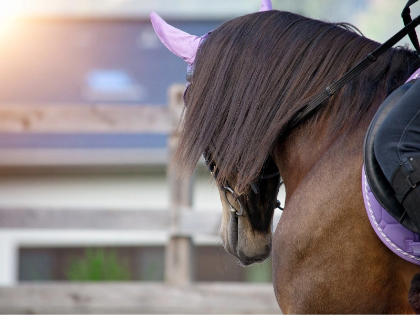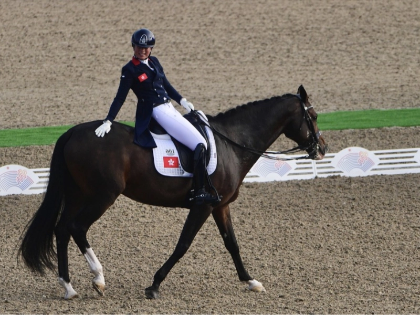Dive TankMaintenance: Ensuring Safe Air Supply
Among the most crucial components in your dive gear is a SCUVA tank. Good maintenance of it guarantees that it will benefit you for many years. Every year requires a visual check; every five years calls for a hydrostatic test. Oxygen cleaning removes any residues of hydrocarbons from the air, o-rings and valves from oxygen tanks.
Search for leaks.
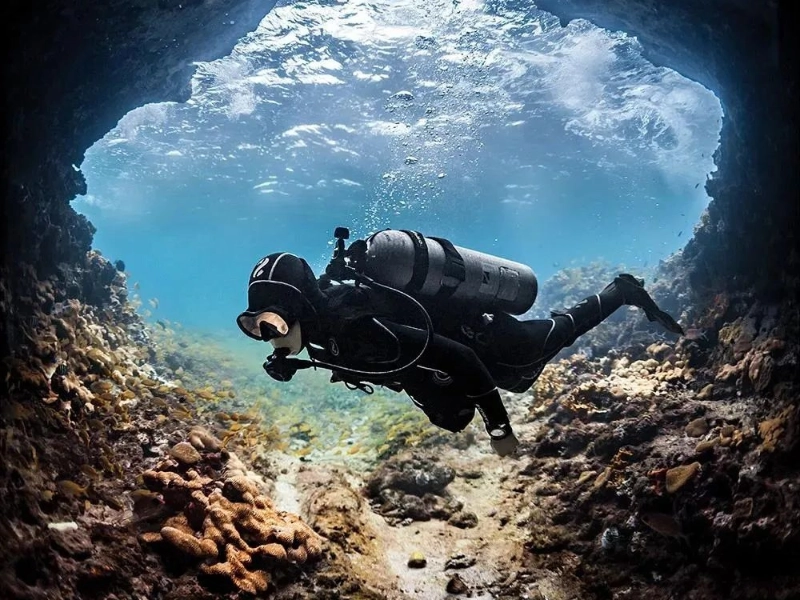
Examining the valve
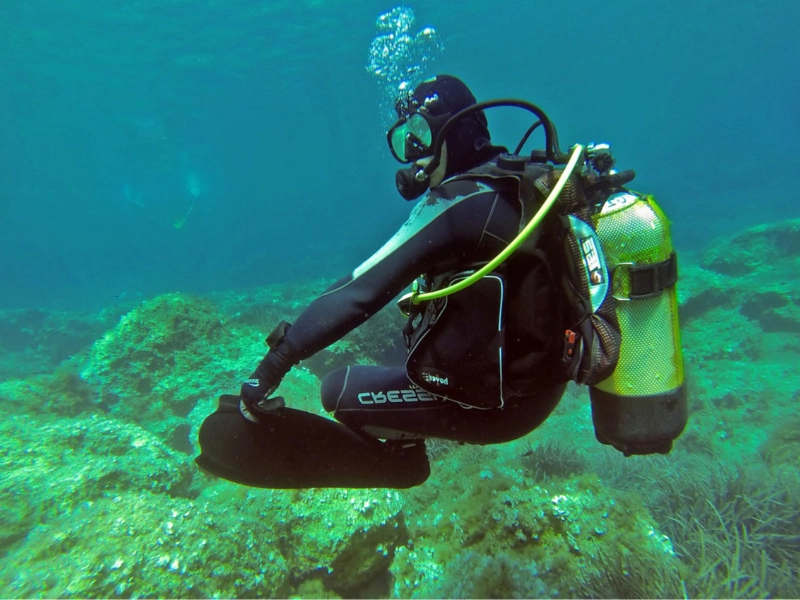 Dive tanks can develop problems other than corrosion and dents. Abrasion can also chew away at tank walls, producing unequal thickness. The walls might be thin enough to allow gas leakage or, in the worst circumstances, perforation.
Usually the hose running between the cylinder valve and the first stage regulator causes a leak. The classic indication of this kind of issue is a slow "glub, glub, glub" or a continual fizz. Often this can be corrected with a short examination using a save-a-dive kit.
Sometimes the valve seat wears and loses proper sealability. Should the valve be dropped or handled roughly, this can occur. It can also happen if grit or sand gets beneath the valve seat. This is why, particularly in use and filled cylinders should be kept safe from rolling around or falling. Every five years, a hydro test is mandated whereby the tank is visually inspected and also pressurised to roughly five-thirds of its service pressure using water.
Dive tanks can develop problems other than corrosion and dents. Abrasion can also chew away at tank walls, producing unequal thickness. The walls might be thin enough to allow gas leakage or, in the worst circumstances, perforation.
Usually the hose running between the cylinder valve and the first stage regulator causes a leak. The classic indication of this kind of issue is a slow "glub, glub, glub" or a continual fizz. Often this can be corrected with a short examination using a save-a-dive kit.
Sometimes the valve seat wears and loses proper sealability. Should the valve be dropped or handled roughly, this can occur. It can also happen if grit or sand gets beneath the valve seat. This is why, particularly in use and filled cylinders should be kept safe from rolling around or falling. Every five years, a hydro test is mandated whereby the tank is visually inspected and also pressurised to roughly five-thirds of its service pressure using water.
Refine the tank.
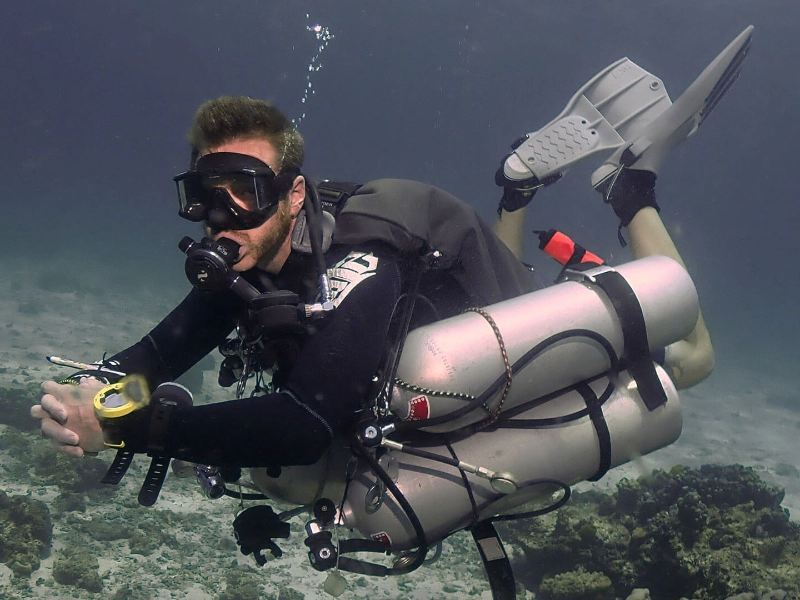 Whether the cylinder is steel or aluminium, all diving tanks must be completely washed under fresh water. This procedure eliminates any hydrocarbons collecting on the o-rings and valve; these have a lower flash point and so cause a fire risk when exposed to oxygen. Many diving centres wash tanks using a dedicated equipment to make sure the o-rings are totally dry, therefore greatly lowering the likelihood of moisture causing a leak.
Look for the re-test labels and stamps indicating it has been serviced whether you are renting a dive tank. Fill a cylinder outside of re-test time carefully; otherwise, it may depressurise and have major effects. Additionally helps stop rust and salt accumulation by rinsing the cylinder.
Whether the cylinder is steel or aluminium, all diving tanks must be completely washed under fresh water. This procedure eliminates any hydrocarbons collecting on the o-rings and valve; these have a lower flash point and so cause a fire risk when exposed to oxygen. Many diving centres wash tanks using a dedicated equipment to make sure the o-rings are totally dry, therefore greatly lowering the likelihood of moisture causing a leak.
Look for the re-test labels and stamps indicating it has been serviced whether you are renting a dive tank. Fill a cylinder outside of re-test time carefully; otherwise, it may depressurise and have major effects. Additionally helps stop rust and salt accumulation by rinsing the cylinder.
Keep the Tank in storage.
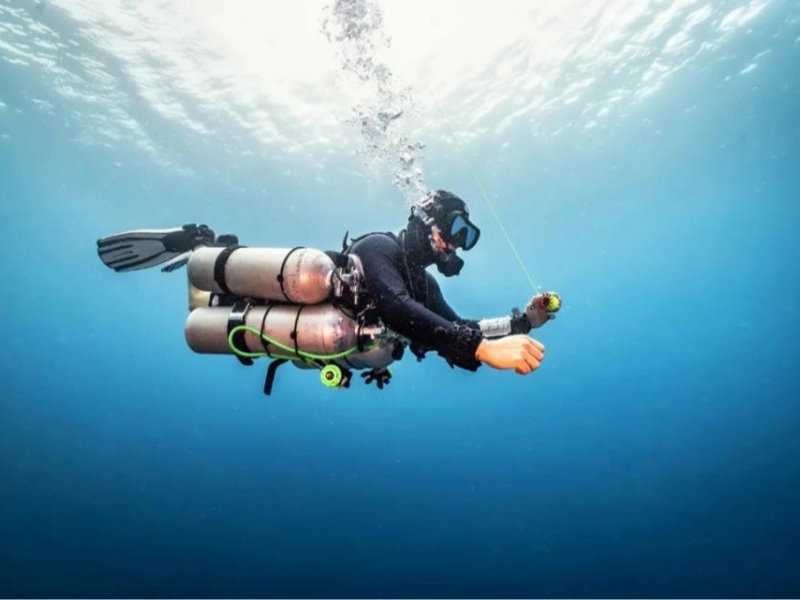 Maintaining correct storage of your tanks is absolutely vital. This helps to keep your air supply secure and clean as well as keeps the cylinder free from moisture or other foreign particles. The tank should be kept upright and firmly fastened to prevent rolling over or dropping and damage tools or injuring another person. Tracking the date the tank was filled as well as the pressure is another smart concept. This will enable you better plan your dives and track when the tank needs to be replenished.
Whether your tanks are steel or aluminium, you should store them carefully. Good storage will prevent rust and corrosion, therefore strengthening the cylinder and increasing its breaking susceptibility. Furthermore, keeping your tank cool and dry can assist to prevent heat exposure, which might cause the metal to expand or shrink and damage the valves or hoses.
Maintaining correct storage of your tanks is absolutely vital. This helps to keep your air supply secure and clean as well as keeps the cylinder free from moisture or other foreign particles. The tank should be kept upright and firmly fastened to prevent rolling over or dropping and damage tools or injuring another person. Tracking the date the tank was filled as well as the pressure is another smart concept. This will enable you better plan your dives and track when the tank needs to be replenished.
Whether your tanks are steel or aluminium, you should store them carefully. Good storage will prevent rust and corrosion, therefore strengthening the cylinder and increasing its breaking susceptibility. Furthermore, keeping your tank cool and dry can assist to prevent heat exposure, which might cause the metal to expand or shrink and damage the valves or hoses.



